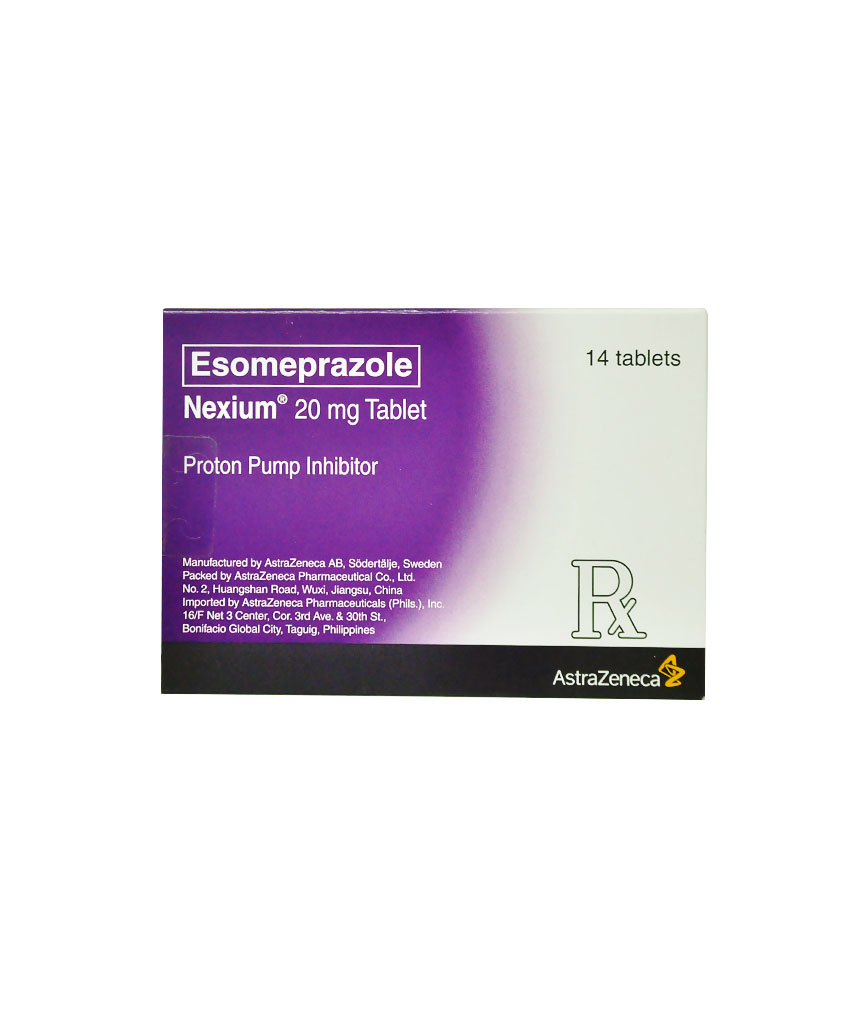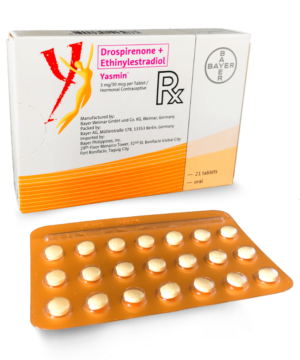Description
SOLOSA 2MG TABLET
Indications / Uses :
Treatment of type 2 diabetes mellitus, when diet, physical exercise and weight reduction alone are not adequate. Solosa may also be used in combination with an oral antidiabetic containing metformin and with insulin.
Administration :
Should be taken with food: Take immediately before or during the 1st main meal of the day. Do not skip meals. Swallow whole w/ some liqd.
Contraindications :
Hypersensitivity to glimepiride and sulfonylureas, other sulfonamides or any of the excipients of Solosa; insulin-dependent diabetes; diabetic coma; ketoacidosis; severe renal or hepatic function disorders. In case of severe renal or hepatic function disorders, a changeover to insulin is required.
Special Precautions :
Solosa must be taken shortly before or during a meal. When meals are taken at irregular hours or skipped altogether, treatment with Solosa may lead to hypoglycemia. Possible symptoms of hypoglycemia include: Headache, ravenous hunger, nausea, vomiting, lassitude, sleepiness, sleep disorder, restlessness, aggressiveness, impaired concentration, alertness and reaction time, depression, confusion, speech and visual disorders, aphasia, tremor, paresis, sensory disturbances, dizziness, helplessness, loss of self-control, delirium, cerebral convulsions, somnolence and loss of consciousness up to and including coma, shallow respiration and bradycardia. In addition, signs of adrenergic counter-regulation may be present eg, sweating, clammy skin, anxiety, tachycardia, hypertension, palpitations, angina pectoris and cardiac arrhythmias.
The clinical picture of a severe hypoglycemic attack may resemble that of a stroke.
Symptoms can almost always be promptly controlled by immediate intake of carbohydrates (sugar). Artificial sweeteners have no effect.
It is known from other sulfonylureas that, despite initially successful countermeasures, hypoglycemia may recur.
Severe hypoglycemia or prolonged hypoglycemia, only temporarily controlled by the usual amounts of sugar, requires immediate medical treatment and occasionally hospitalization. Factors favoring hypoglycemia include unwillingness or (more commonly in older patients) incapacity of the patient to cooperate; undernutrition, irregular mealtimes or missed meals or periods of fasting; alterations in diet; imbalance between physical exertion and carbohydrate intake; consumption of alcohol, especially in combination with skipped meals; impaired renal function; serious liver dysfunction; overdosage with Solosa; certain uncompensated disorders of the endocrine system affecting carbohydrate metabolism or counterregulation of hypoglycemia (eg, in certain disorders of thyroid function and in anterior pituitary or adrenocortical insufficiency); concurrent administration of certain other medicinal products (see Interactions).
Treatment with Solosa requires regular monitoring of glucose levels in blood and urine. In addition, determination of the proportion of HbA1c is recommended.
Regular hepatic and hematological monitoring (especially leukocytes and thrombocytes) are required during treatment with Solosa.
In stress situations (eg, accidents, acute operations, infections with fever etc) a temporary switch to insulin may be indicated.
No experience has been gained concerning the use of Solosa in patients with severe impairment of liver function or dialysis patients. In patients with severe impairment of renal or liver function change over to insulin is indicated.
Treatment of patients with glucose-6-phophate-dehydrogenase (G6PD)-deficiency with sulfonylurea agents can lead to hemolytic anemia. Since glimepiride belongs to the class of sulfonylurea agents, caution should be used in patients with G6PD-deficiency and a non-sulfonylurea alternative should be considered.
Solosa contains lactose monohydrate. Patients with rare hereditary problems of galactose intolerance, the Lapp lactase deficiency or glucose-galactose malabsorption should not take Solosa.
Effects on the Ability to Drive or Operate Machinery: No studies on the effects on the ability to drive and use machines have been performed.
The patient’s ability to concentrate and react may be impaired as a result of hypoglycemia or hyperglycemia or eg, as a result of visual impairment. This may constitute a risk in situations where these abilities are of special importance (eg, driving a car or operating machinery).
Patients should be advised to take precautions to avoid hypoglycemia whilst driving. This is particularly important to those who have reduced or absent awareness of the warning symptoms of hypoglycemia or have frequent episodes of hypoglycemia. It should be considered whether it is advisable to drive or operate machinery in these circumstances.














Reviews
There are no reviews yet.